
About This Quiz
Famous author Mark Twain once said, "It's not the size of the dog in the fight, it's the size of the fight in the dog." The pooches you'll encounter in this quiz might consider that their life motto. Tiny pups, like the Yorkshire Terrier, Shih Tzu and Bichon Frise, may be small in stature, but are often big on personality. We guess that's to make up for what they lack in brawn!
There's some history and science behind these small dog breeds that's pretty interesting. For example, history tells us that many of these small dogs have pup ancestors who were considerably larger. The Pomeranian, for one, was bred down from the Spitz, which is a sled dog. (Now you're just laughing picturing a Pomeranian pulling a sled, aren't you?) Yet, other dogs are small because, well, they're just small. The Chihuahua, for instance, has always been a tiny fella with roots in Mexico.
Small dog breeds are great, though, and preferable for many, such as those who live in apartments and small homes or older individuals who might struggle to physically handle a bigger dog. Some of us just like having a small dog to curl up in our laps. Luckily, there are several dozen small to toy-sized (extra small!) breeds to choose from. Work your way through this quiz and see how many small dog breeds you know - and perhaps learn about some you didn't!
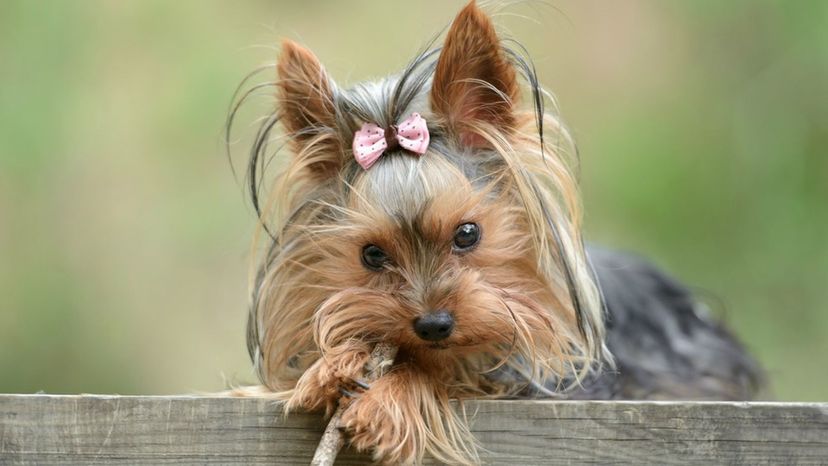
The Yorkshire Terrier originally hails from the Yorkshire area of England, a one-time manufacturing hotbed. Business owners looked to Yorkies, as they're popularly known, to be ratters, thanks to their small stature and short legs.

The Maltese breed has long been beloved by royalty, from those in ancient times to more modern-day celebrities. In Roman times, there were even poems written about this chic pooch.
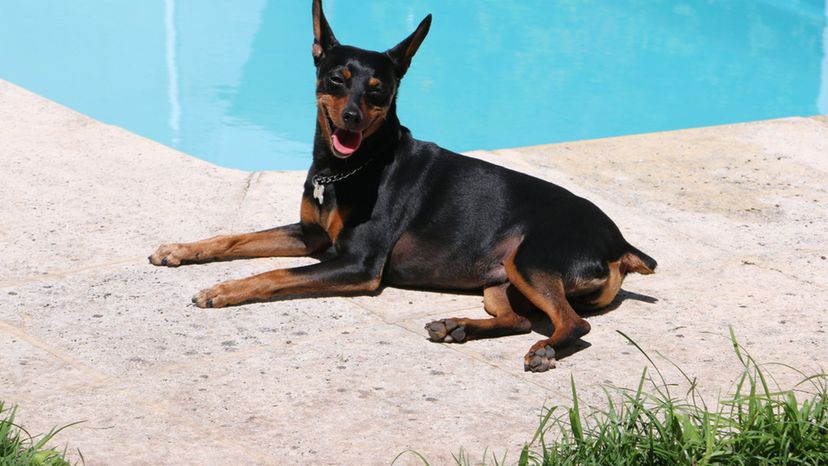
Though it shares the word "Pinscher" with the (much bigger) Doberman, the Miniature Pinscher, the "Mini Pin" as it's sometimes called is actually a descendent of a breed between an Italian Greyhound and a Dachshund.
Advertisement
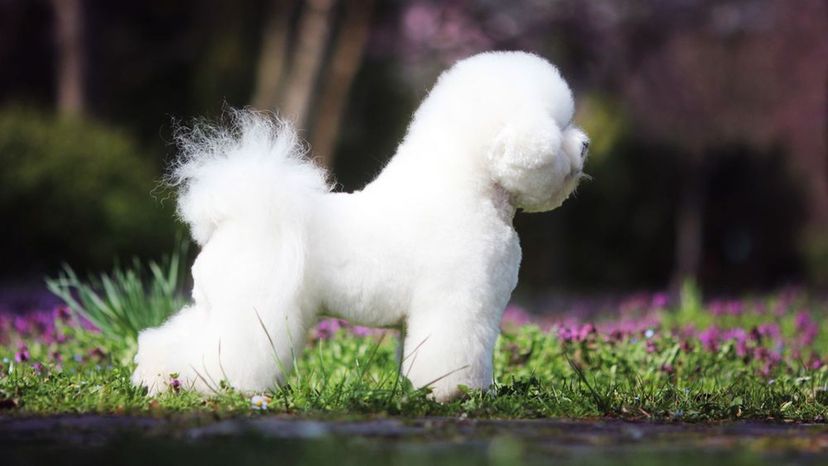
The Bichon Frise earned a reputation early on for being a good travel buddy, making him a popular option for sailors gone for long periods. This made the breed particularly popular in areas of the Mediterranean along ship routes.
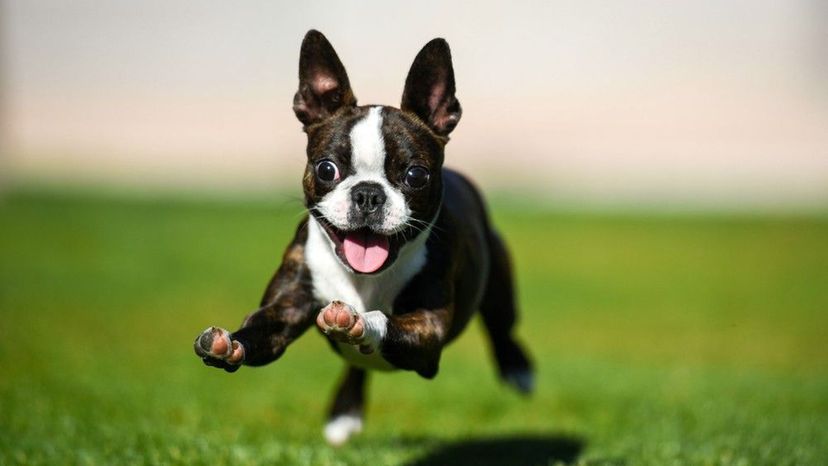
One of the few breeds with origins in the United States, the Boston Terrier was first acknowledged by the AKC just before the turn of the 20th century.

With a name like Cocker Spaniel, you might not have guessed there are American and English varieties of this breed. They appear slightly different with the American possessing a smaller head and the English have a longer snout.
Advertisement
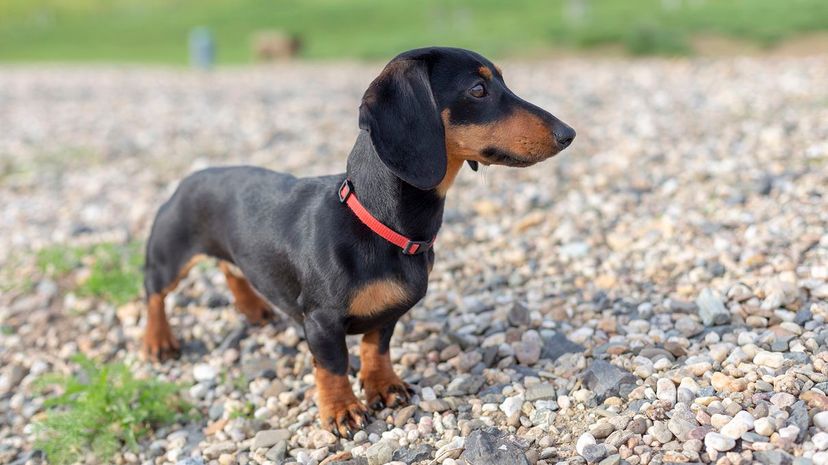
The Dachshund was used frequently as a representation of Germany during the period around World War II, which caused some contempt toward the breed. This led to the new naming attempts.
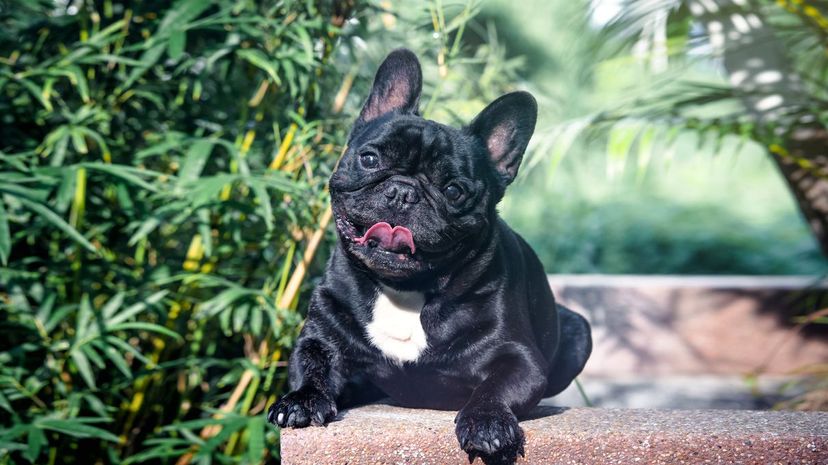
The French Bulldog, while a trusted companion, would be best left at home for a day at the pool or beach, particularly if you're flying to get there. Their short snouts and round heads can create breathing problems that make these scenarios less-than-ideal for them.
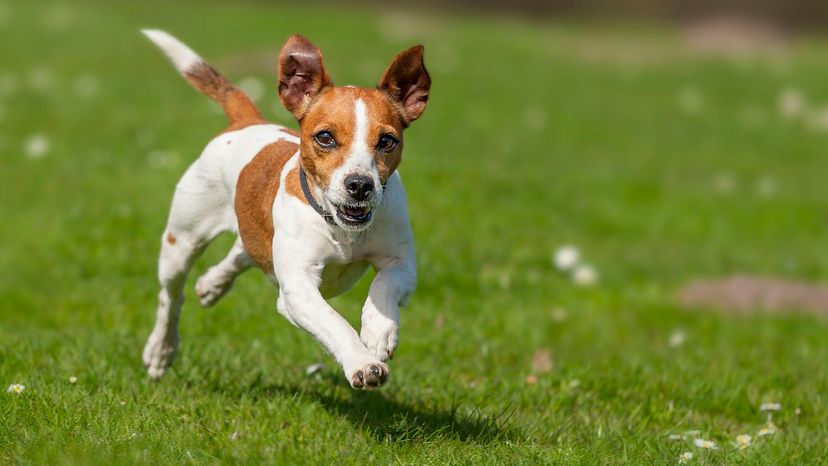
You might think the Jack Russell Terrier was named for the springy, pop-in-the-air Jack-in-the-box, but that's simply not the case. However, the breed is quite agile, able to jump five times its own height into the air.
Advertisement
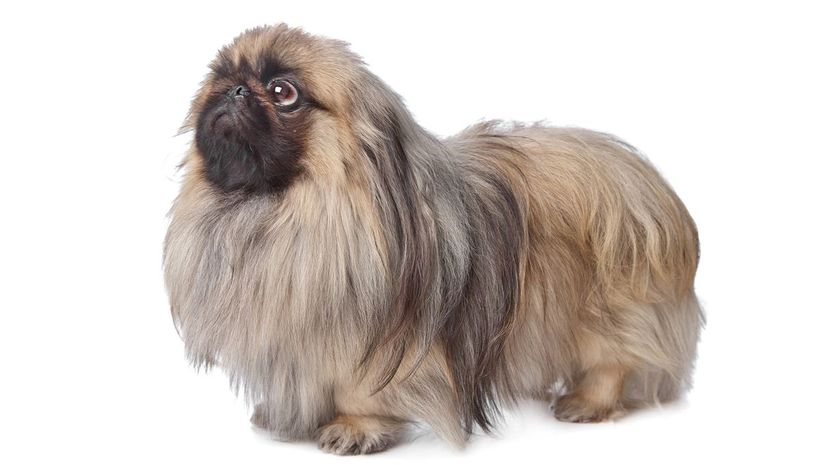
Chinese legend asserts that the Pekingese was born out of a union between a lion and a marmoset (or monkey). We aren't sure about that, but we know that this pooch has enjoyed the royal treatment throughout the ages.
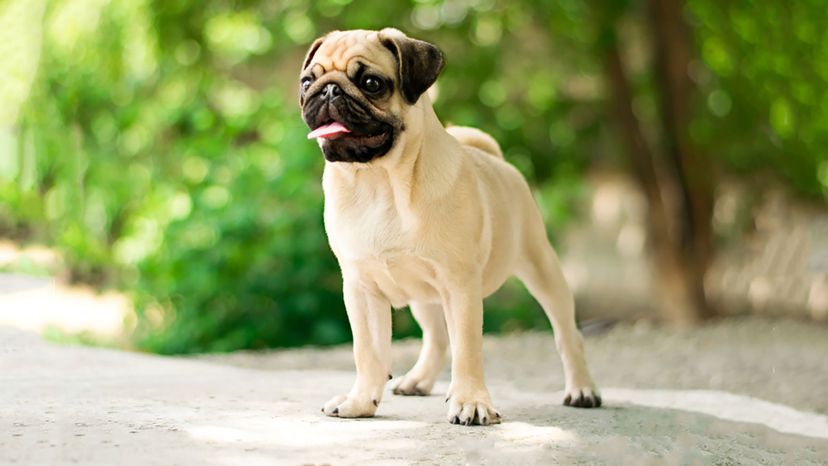
The Pug's curly tail is one of the breed's signature trademarks. One curl is great, but according to the American Kennel Club, a double curl is considered a perfect trait in the pup.

Because the Shetland Sheepdog was bred as a herder of other animals, it gets its love of the chase from those instinctual cues. Luckily, this breed responds well to training (to keep them from chasing everything moving!).
Advertisement

They may be little, but these dogs are most closely related to their wolf ancestors than other, larger breeds you might suspect. Asian breeds, of which the Shih Tzu is part, are wolves closest descendants apart from Nordic breeds.
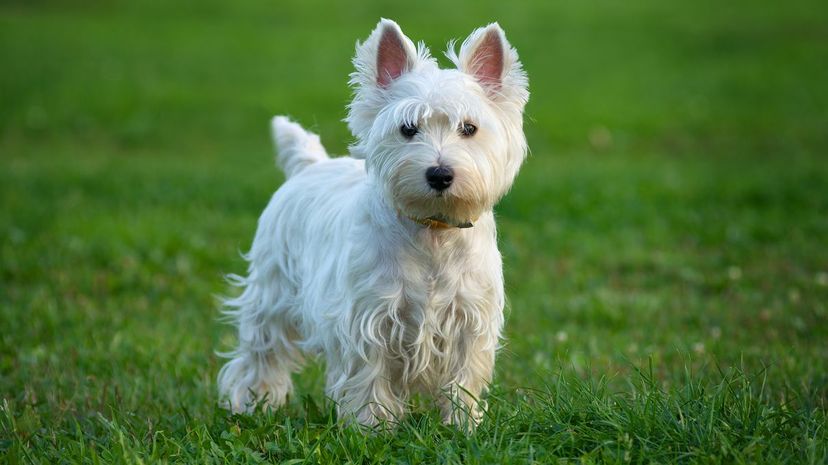
The West Highland White Terrier's coat is so important that it was bred for that feature, specifically. Perhaps that's why the word "white" appears in its name; the color was useful in helping the dog stay visible (and not get hurt) during hunting expeditions.
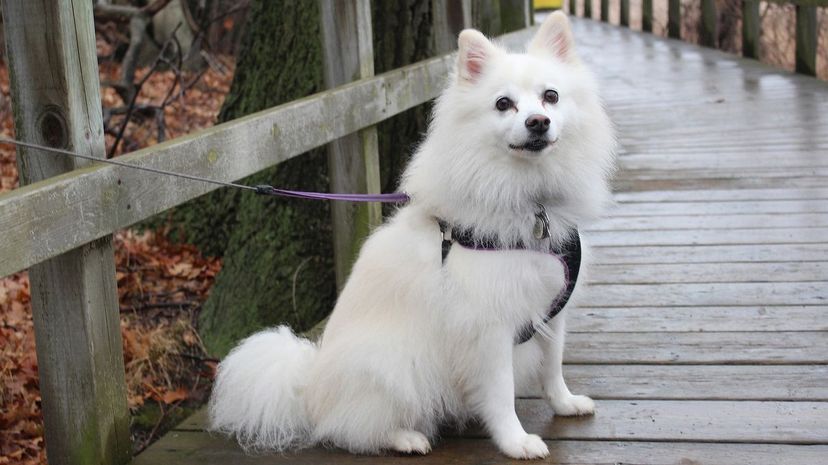
The American Eskimo Dog's agility made them a natural for traveling circuses. They demonstrated that agility by being the first dog breed to ever successfully walk a tightrope!
Advertisement
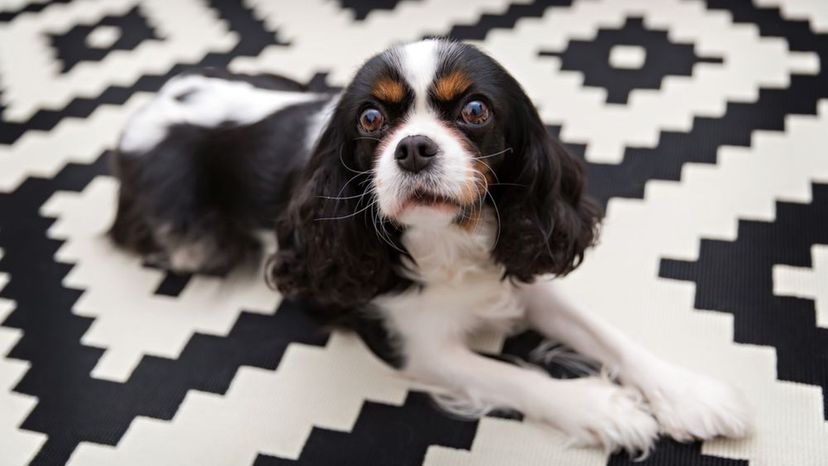
King Charles II was such a big fan of this breed that not only did he give it the run of the castle and even the House of Parliament, but also his own name. That's right - the Charles name of the breed relates back to King Charles II himself.

The Italian Greyhound derives its name from its Mediterranean roots, believing to have originated in an area near Greece and Turkey some 2,000 years ago. Historians believe this because of art depicting the animals and skeletal bones that have been discovered.
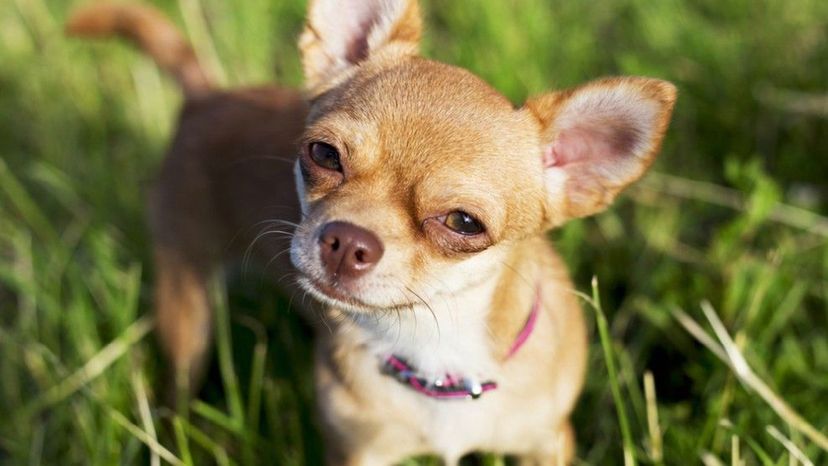
The Mexico-originating Chihuahua has a lot in common with a human baby. It may keep a soft spot most commonly associated with a newborns' head, known as a molera, for its entire life. No poking please!
Advertisement
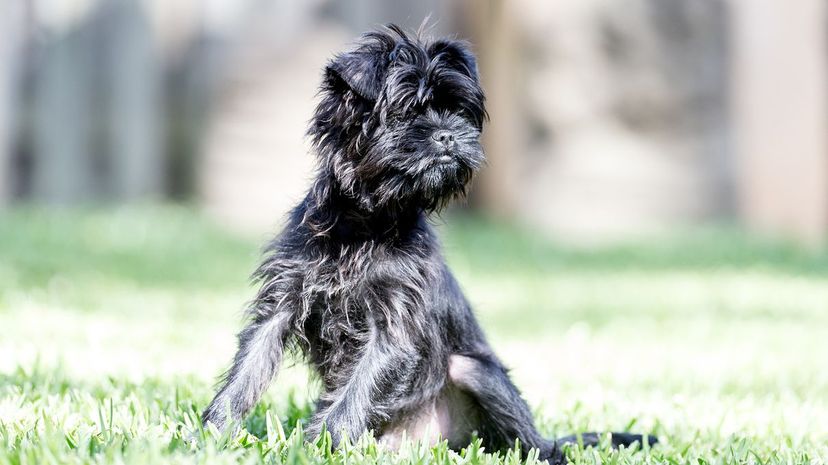
The Affenpinscher typically fails to leave up to its nickname by the French - "mustached little devil" - instead, taking on an agreeable and affectionate personality. Perhaps the name comes from its cute furry face.

The Bolognese breed shares its name with a popular pasta dish, both of which attribute their history to the Italian city of Bologna. The Bolognese (dog, that is) is covered with white, woolly hair.

Under Welsh law long ago, the Cardigan Welsh Corgi endured certain protections from theft or harm, thanks to penalties imposed on those who might steal or cause injury to them. A corgi's talents were believed to have been an indicator of a family's wealth.
Advertisement
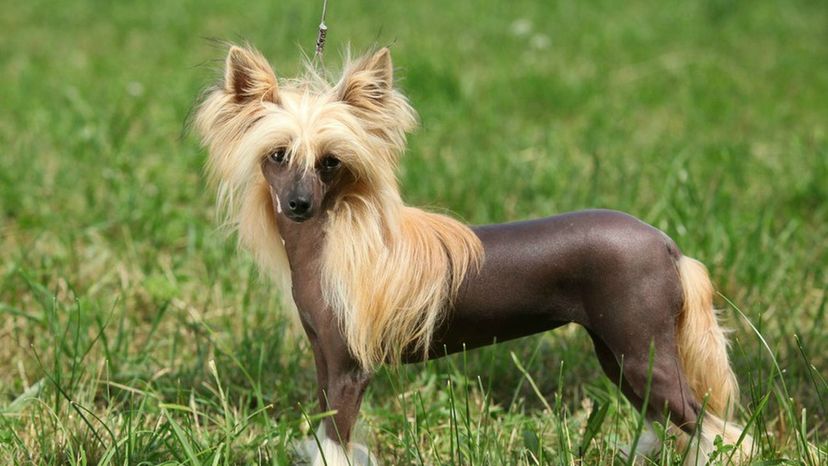
The Chinese Crested dog was originally bred to become a companion for people who were ill or could not leave their bed. This pup is perfectly content to lie alongside you on the couch or the bed - that's how loyal he is!

The Havanese breed, which gets its name from its original hometown of Havana, Cuba, lives on today in the United States thanks to roughly a dozen pups that Cuban refugees smuggled out of the country into the U.S.

Despite its small stature, the Australian Terrier is a well-rounded pooch, having worked as a ratter, shepherd, watchdog and therapy pet throughout the years, as well as serving as a loving companion.
Advertisement
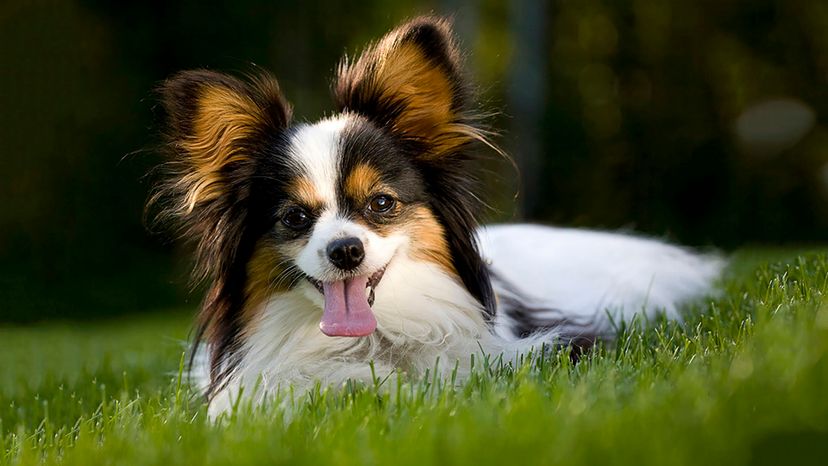
The Papillon earned its name, which means "butterfly," for its appearance. Its tall, pointy ears draped in long hair give the appearance of a butterfly. Papillons are one of the oldest breeds of toy spaniels.
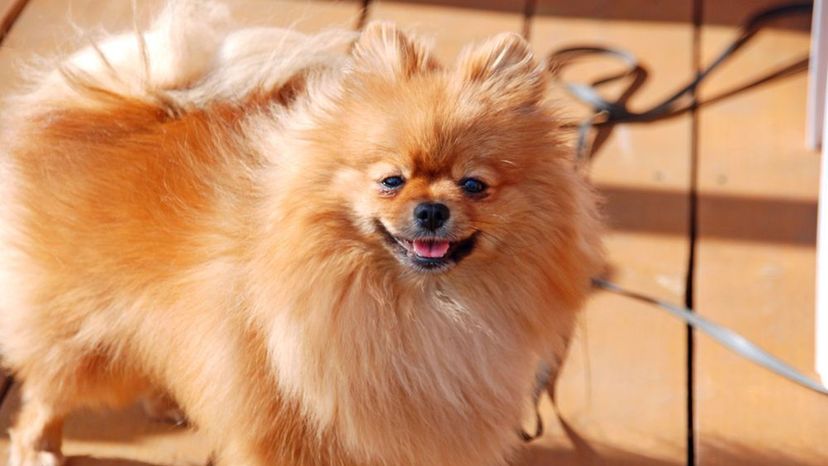
Aboard the Titanic when it set sail were 12 dogs. As the tragic events of its sinking unfolded, three dogs survived including two Pomeranians. One of those surviving dogs belonged to Martin Rothschild, who perished in the accident. His wife - and the dog - were saved.

Not only was Elvis known for his collection of pups, including one Poodle named Champagne, but he treated the dogs as gifts, bestowing them upon the women in his life, including his wife, Priscilla, his mother and a girlfriend before that.
Advertisement
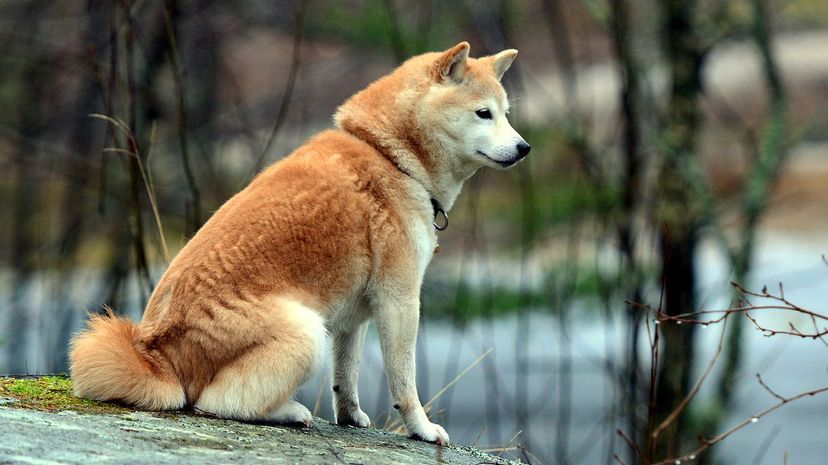
A Japanese breed, the care and keeping of the Shiba Inu took a backseat during the period of time surrounding World War II. When the war concluded, they successfully reinvigorated the breed using just three bloodlines, including the the Mino Shiba, the Shiba Shu Shiba and the San In Shiba.
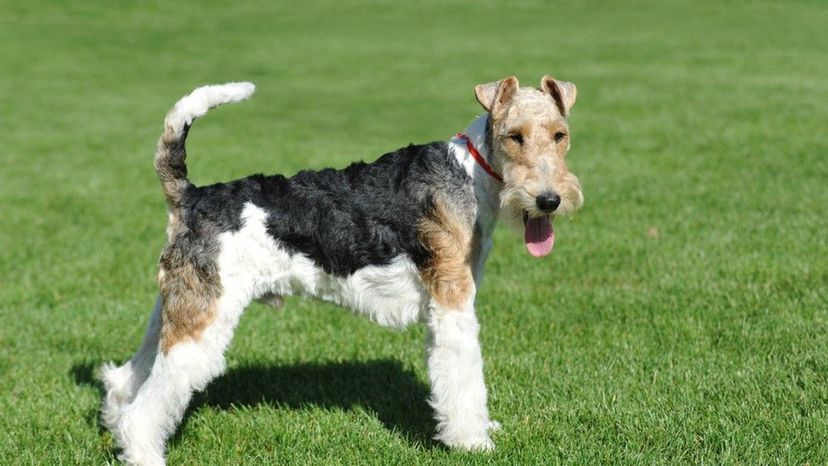
Looking for a pup to keep up with your active lifestyle? it might be time to consider a Wire Fox Terrier, a breed that hails from England. Whether your kids - or this pup - tire out first remains to be seen!
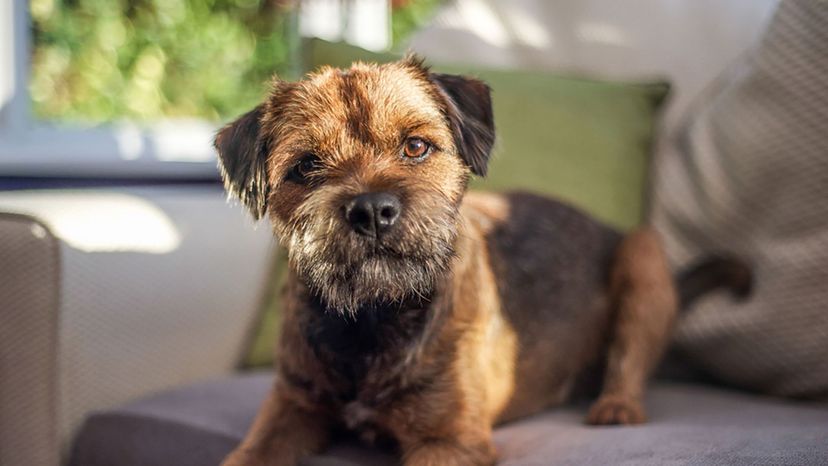
Border Terriers were well-loved for their ability to serve effectively on hunting expeditions, particularly when it came to burrowing into holes, and becoming a loving in-home companion at the end of a long day.
Advertisement
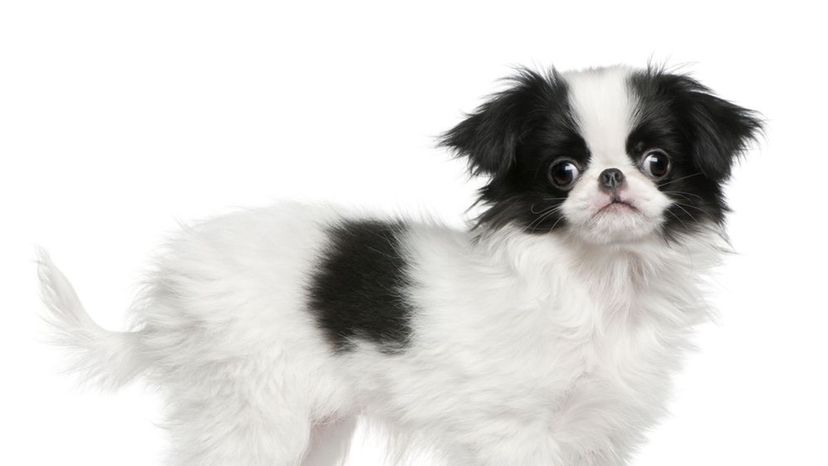
The Japanese Chin, which ironically was first discovered in China, has many cat-like tendencies including a love of climbing atop household furniture. They are also noted for their feline style of grooming, involving a paw-licking-and-face-rubbing approach.
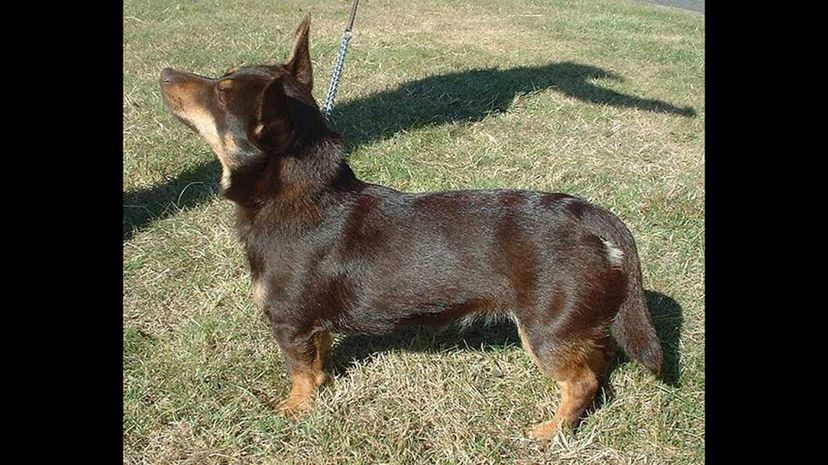
Sporting the "heeler smile," the Lancashire Heeler is well-known for its gleeful expression, which closely resembles an infectious smile. This pup looks similar to a Corgi, and its short legs make it a perfect pup to nip at the heels of cattle and get them moving.
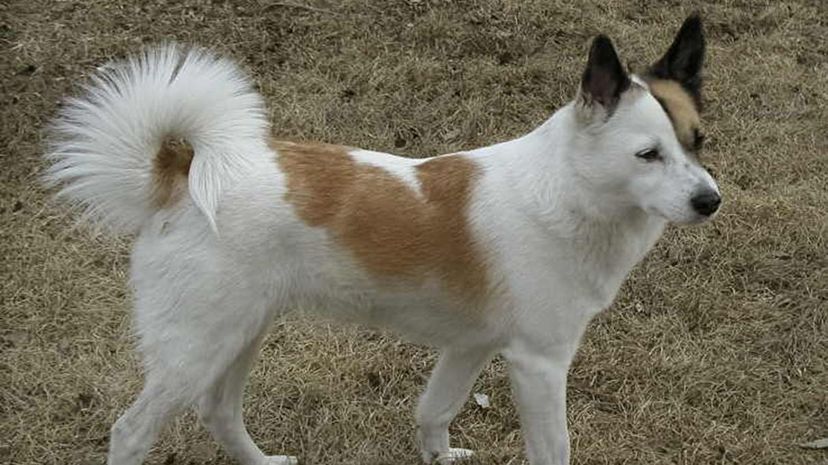
The Norrbottenspets, which is pronounced "Nor-Boat-Ten-Spetz," hails from the country of Finland. The breed was first used to help on farms, but its super smarts made it an ideal companion for hunters.
Advertisement
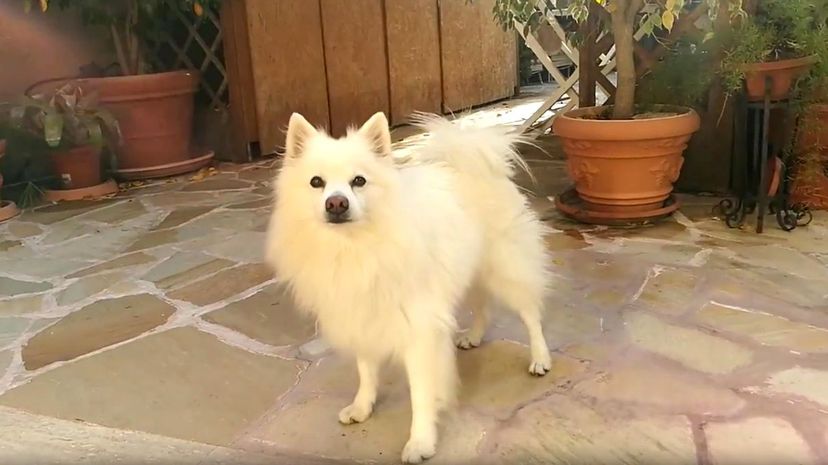
The Volpino, native to Italy, was a favorite of painters and royals in its home country. The Volpino was so beloved it can be found in several paintings inside the Sistine Chapel.
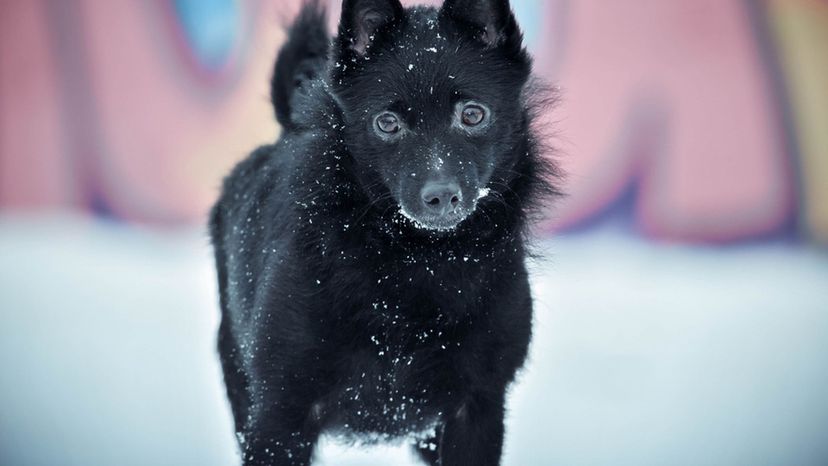
It's no coincidence the Schipperke's name sounds pretty close to "skipper," the overseer of a sailing vessel. Years ago, the Schipperke became a popular addition to barges and a friend to sailors.
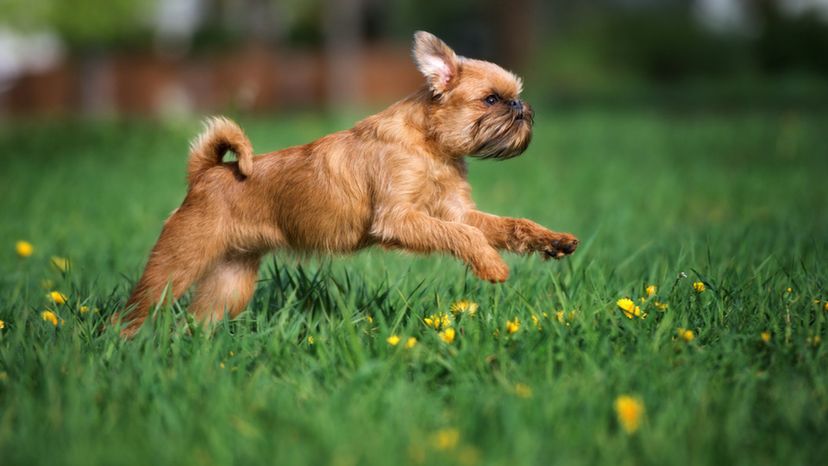
The Brussels Griffon, native to Belgium, bears a striking resemblance to a host of fictional characters, including Chewbacca or an Ewok. These fairly rare pups often have a grumpy-looking expression and regularly mistaken for other, more common breeds.
Advertisement
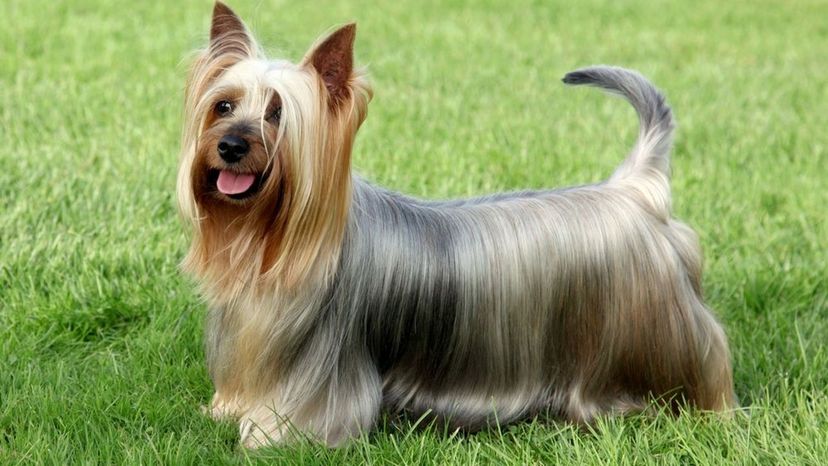
Don't confuse the Silky Terrier with the Yorkshire Terrier, although the two are related. In fact, the Silky descended from Yorkies and Australian Terriers. Their coats are different from Yorkies, too, conforming to the shape of their bodies.
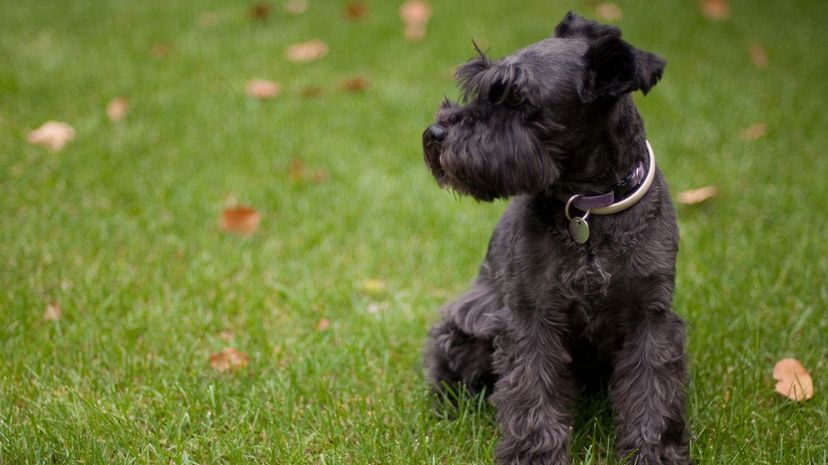
The Miniature Schnauzer's hearing is a well-known trait of the breed, able to discern frequencies twice as high as human hearing is capable of. This keen sense of hearing dates back to its working days, when it was used to help hunt rodents.
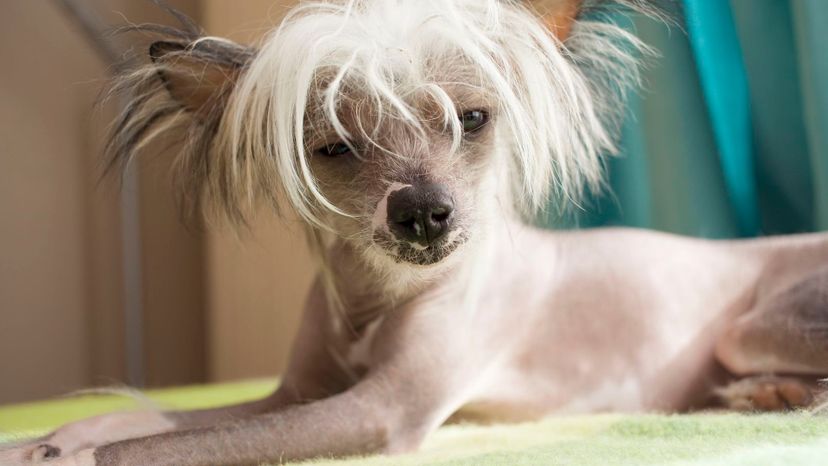
The Chinese Crested dog may not be the cutest pup to all, but he's a conversation starter for sure with his punk rock 'do on his head and the appearance of fluffy socks on his feet. At least you don't have to worry about a bunch of shedding!
Advertisement
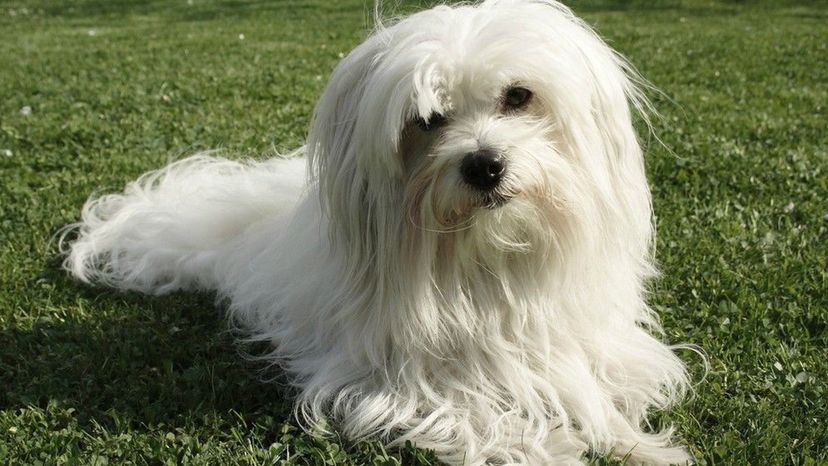
The Coton de Tulear hails from - you guessed it - Madagascar. Legend has it that this breed of dog survived a shipwreck and swam to the Madagascar shore, where they are today considered to be near extinction.